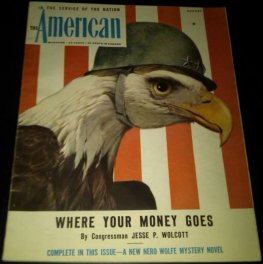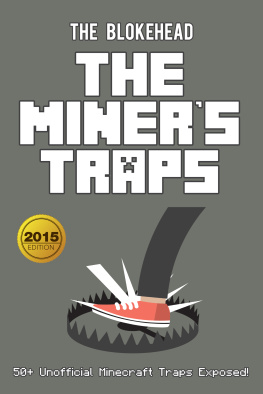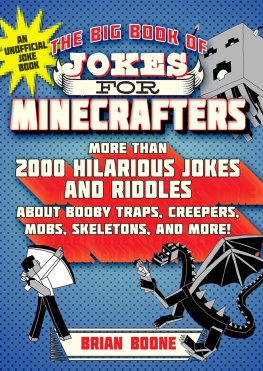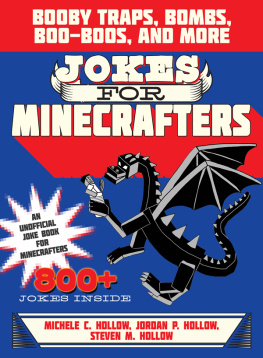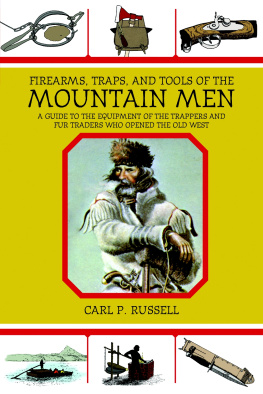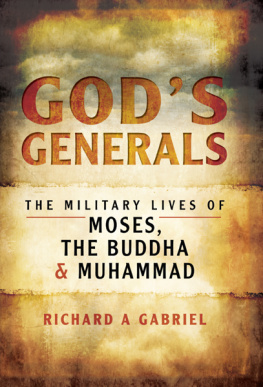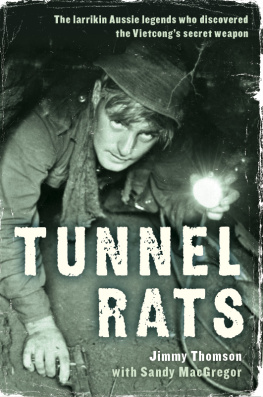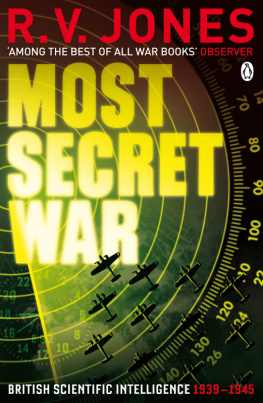Malice Aforethought: The History of Booby Traps from
World War One to Vietnam

A Greenhill Book
First published in 2004 by Greenhill Books, Lionel Leventhal Limited
www.greenhillbooks.com
This edition published in 2016 by

Frontline Books
an imprint of Pen & Sword Books Ltd,
47 Church Street, Barnsley, S. Yorkshire, S70 2AS
For more information on our books, please visit
or write to us at the above address.
Copyright Ian Jones, 2004
ISBN: 978-1-84832-977-5
PDF ISBN: 978-1-84832-980-5
EPUB ISBN: 978-1-84832-979-9
PRC ISBN: 978-1-84832-978-2
The right of Ian Jones to be identified as the author of this work has been asserted by him in accordance with the Copyright, Designs and Patents Act 1988.
All rights reserved. No part of this publication may be reproduced, stored in or introduced into a retrieval system, or transmitted, in any form, or by any means (electronic, mechanical, photocopying, recording or otherwise) without the prior written permission of the publisher. Any person who does any unauthorized act in relation to this publication may be liable to criminal prosecution and civil claims for damages.
CIP data records for this title are available from the British Library
Printed and bound by CPI Group (UK) Ltd, Croydon, CR0 4YY
Acknowledgements
In the writing of this book I have relied on a large number of people for help, advice and information. I am particularly indebted to the following:
The staff of The Royal Engineers Library at Chatham, The Imperial War Museum Library, The MoD Library and the National Archive at Kew.
Mike Pugh and Sandy Sanderson of the Explosive Ordnance Disposal Technical Information Centre for their in-depth knowledge and their assistance with tracking down details of devices and people.
Lieutenant Colonel J McLennan, Controller of the Royal Engineers Association, who put me in touch with many ex-Sappers, in particular Ron Harris and Reg Journet of the bomb disposal branch. They both provided much needed information and Reg also showed me his pictures of booby traps in Italy - some of which are reproduced in this book.
Sid Leader from 18 Bomb Disposal Company RZ for his wealth of firsthand information about operations in North Africa. He defused his first bomb with a clasp knife and subsequently undertook many more hazardous operations until the end of the war.
David List, whom I met via a seat number at Kew, explained the workings of the files at the Public Record Office to me, and in particular he suggested that a good place to get details of booby traps was from enemy Explosive Ordnance Disposal (EOD) reports of recovered devices.
Lieutenant Colonel (retd) Philip Robinson both for information and for pointing out documents at the Public Record Office for me to read.
Andy Hoad, Mark Seaman, Peter Chamberlain, Mark Khan, Jamie Adam, Hugh Furse and John Harding for their time and expertise.
Liz Labbett for translating German documents. Tony Debski for drawing the pictures of the Viet Cong non-explosive traps from poor-quality photographs and sketches.
Cliff Cadman and the staff at the Metropolitan Police Explosives Office for their patience, and Tony Ashforth for preventing my lap-top computer from being thrown out of the window on more than one occasion.
Bob Leienedecker in the USA, who knows more about Explosive Ordnance than anyone I know as a result of his operational work in Vietnam and his years providing EOD intelligence for the US armed forces. When I had all but despaired of tracing a 1970s American report on mines and booby traps from the Second World War to the end of the Vietnam War, Bob turned up in my office one day bearing a small package containing some useful US documents but more importantly a microfiche of the mine warfare report I needed. For that I am eternally grateful.
Mike Hibberd, who recently retired from the Imperial War Museum, for his much needed direction and assistance, particularly in the early days of the project.
Norman Bonney for his invaluable input regarding the SOE and for his detailed knowledge of devices and munitions. Without his help I would still be researching now.
As always any errors or omissions remain my responsibility. Finally I must thank Catherine, my wife, for editing the manuscript; without her, all my efforts would have come to nothing.
Ian Jones
INTRODUCTION
A Savage Practical Joke
BoobyA name applied to those species of bird, genus Sula. They owe their common name to their seemingly stupid behaviour in allowing themselves to be caught by hand.
The Hamsworth Encyclopaedia, volume II, 1906
It has proved impossible to establish exactly how and when the behaviour of an innocent but stupid bird became synonymous with the deployment and use of explosive traps. In most, but not all, cases stupidity has nothing to do with the success of such a device. It is the cunningly conceived and carefully laid trap that catches out and kills the unwary soldier. In Italy in 1943 British troops came upon a highly desirable billet abandoned by the retreating Germans, its front door invitingly half open. Entering cautiously through a window, to avoid the likely booby trap, the troops approached the front door from inside and found attached to it the expected explosive charge apparently designed to function when the door was moved. They left the house and attached a line to the doorknob of the front door. They retreated across the road to a conveniently sited slit trench and pulled the line. A second trap hidden in the trench and connected to the door exploded and killed them all. This fiendish and lethal attack illustrates the effectiveness of booby traps and the ingenuity with which they can be laid.
Both non-explosive and explosive traps have been around for a long time and some people seem to derive a perverse pleasure from their use. Booby traps were developed not long after the invention of the wheellock mechanism for small arms early in the 16th century. The new system opened the possibility of firing charges at a distance by a spring operating a lock, or a lock-operated clockwork device, the second mechanism giving birth to the time bomb or infernal machine. This use was mentioned in a work written by Samuel Zimmermann of Augsburg in 1573 which, although it mainly dealt with fireworks, included the mischievous use of explosives. He made several contraptions operated by concealed springs or hidden string. It was recorded that:
The device can be applied to such pleasing purposes as to make a stool or a chair with such a spring fire-work inside it, so that anyone sitting on it will be shot or else terribly burnt. Similarly, one can lay in the street what looks like a purse of gold, upon taking up which anyone is at once shot.
Further devices were recorded in the 16th century: there were packets, boxes and chests, which were filled with gunpowder but were supposed to contain valuables, and which exploded on opening. One booby-trapped chest was used in the siege of Pskw in 1581. This was sent as a gift to the Russian defender Ivan Petrovich Shuiskii and when opened by a few of his companions it exploded and killed them.


